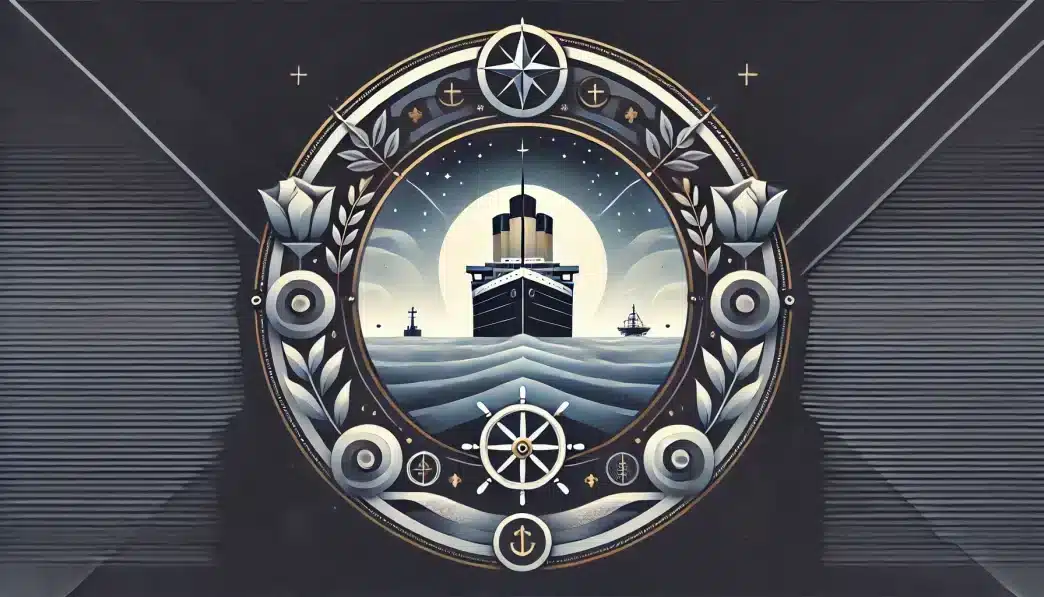What is Titanic Remembrance Day?
Titanic Remembrance Day, observed annually on April 15, commemorates the tragic sinking of the RMS Titanic, which struck an iceberg on its maiden voyage in 1912. On this day, people around the world reflect on the loss of more than 1,500 lives, including passengers and crew, as well as the historical significance of this maritime disaster. The sinking of the Titanic remains one of the most infamous events in maritime history, and Titanic Remembrance Day serves as a solemn reminder of the dangers of the sea, the limitations of human engineering, and the importance of safety in travel.
On the evening of April 14, 1912, the ship, deemed “unsinkable,” struck an iceberg in the North Atlantic Ocean. Within a few hours, the ship sank, leading to the deaths of many people. Titanic Remembrance Day honors the victims and survivors, including their personal stories, and reflects on the lessons learned from this disaster.
History and origin
The sinking of the Titanic is one of the most significant events in early 20th-century history. The RMS Titanic was a British passenger liner, the largest and most luxurious ship of its time, and was considered a marvel of engineering. It set sail from Southampton, England, on April 10, 1912, on its maiden voyage to New York City.
On the night of April 14, the ship collided with an iceberg in the freezing waters of the North Atlantic. Despite its advanced technology and the belief that the Titanic was unsinkable, the ship’s design flaws, inadequate lifeboats, and insufficient safety measures contributed to the disaster. The sinking led to a loss of life, and many of the victims were unable to escape because of the lack of lifeboats.
Titanic Remembrance Day marks the date of the ship’s sinking, with many memorial services held around the world. The day encourages reflection on the lives lost, the people who survived, and the changes in maritime law and safety regulations that followed the disaster.
Who participates in Titanic Remembrance Day?
- Survivors and descendants of Titanic passengers who honor the legacy of their family members.
- Maritime historians who study and preserve the history of the Titanic and its impact.
- Memorial services and communities that gather to remember those who lost their lives in the disaster.
- Ship enthusiasts and researchers who continue to study the Titanic’s construction, voyage, and sinking.
- People around the world who observe a moment of silence in remembrance of the Titanic victims.
Slogans and themes
Titanic Remembrance Day focuses on remembrance, reflection, and the lessons learned from the tragedy. Common slogans include “Remembering the Titanic,” “A Night of Tragedy,” and “Never Forget the Titanic.” Themes often emphasize safety, loss, and the passage of time. The day is about honoring the memory of those who lost their lives and reflecting on how the Titanic disaster led to significant changes in maritime laws and practices.
Colors, symbols, and patterns
Colors
- Black: Represents mourning and solemn remembrance of the lives lost.
- White: Symbolizes hope, remembrance, and respect for those who survived.
- Red: Signifies the danger, tragedy, and the emotional weight of the disaster.
Symbols
- The Titanic’s bow: Symbolizes the grandeur and tragedy of the ship’s final moments.
- Lifeboats: A reminder of the lives lost due to the insufficient number of lifeboats.
- The iceberg: Represents the cause of the Titanic’s sinking and the immense challenge of navigating the sea.
Patterns
- Ripples in water: Symbolize the far-reaching effects of the Titanic disaster and its lasting impact.
- Broken ship’s hull: Represents the damage caused to the ship and the catastrophic failure.
- Clock faces: A reflection of the time when the ship sank, marking the tragic event.
How to observe Titanic Remembrance Day
- Hold a moment of silence at 11: 40 p.m. (the time the Titanic struck the iceberg) to honor the lives lost.
- Attend a memorial service or visit a museum dedicated to the Titanic.
- Learn about the history of the Titanic, its passengers, and the aftermath of the disaster.
- Pay tribute to survivors and victims by reading their stories or sharing them on social media.
- Support maritime safety awareness initiatives that work to prevent future disasters.
Most used hashtags
- #TitanicRemembranceDay
- #NeverForgetTitanic
- #TitanicAnniversary
- #TitanicMemorial
- #RIPTitanicVictims
Why is Titanic Remembrance Day important?
Titanic Remembrance Day is significant because it helps preserve the memory of one of history’s most devastating tragedies. The day serves as a reminder of the dangers of overconfidence and the importance of safety in all forms of travel. The sinking of the Titanic led to reforms in maritime laws, including requirements for sufficient lifeboats and better safety protocols for passengers and crew.
The disaster also serves as a profound lesson in the fragility of life and the impact of human error. By commemorating Titanic Remembrance Day, we honor the victims and reflect on how far society has come in improving safety standards. The day encourages people to remember the past, appreciate the value of human life, and ensure that similar mistakes are not repeated.
Features
April 15: Titanic Remembrance Day
Why do you keep falling for the same type?
Read the article Lovemaps: the hidden blueprint of our love.

